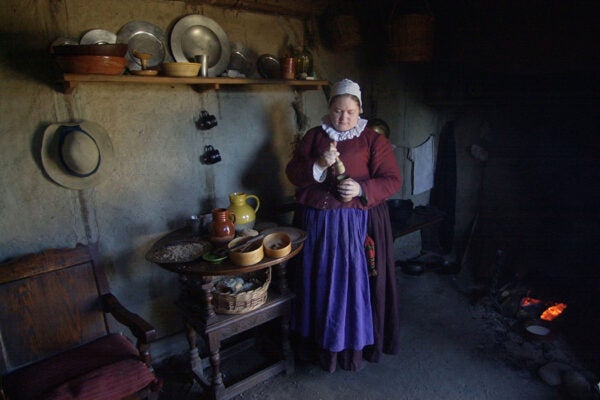The Power of the Purse
The first time a president withheld funds for something approved by Congress, it led to the Impoundment Control Act. We’ll soon find out if that law has teeth.
Power over Presidential Records
By law, all communications seen and/or touched by a United States president are supposed to be preserved. Reality—and executive privilege—is a lot messier.
Ronald Reagan’s Library Legacy
Archival material shows the hefty and careful investment the president and his team put into crafting his image for perpetuity.
The Annotated Oppenheimer
Celebrated and damned as the “father of the atomic bomb,” theoretical physicist J. Robert Oppenheimer lived a complicated scientific and political life.
Museum Roots
The founders of Black American museums in the post-World War II era were all shaped by Carter G. Woodson’s “Negro Canon” of history and art.
The Countercultural History of Living Museums
In the 1960s and ’70s, guides began wearing period costumes and farming with historical techniques, a change that coincided with the back-to-the-land movement.
Human Remains and Museums: A Reading List
Questions over their value for research conflict with the ethics of possessing the dead, especially when presenting human remains in the setting of a museum.
The Gruesome History of Ohio’s “Fingers in the Jar”
Three of Mary Bach’s fingers, hacked off by her murderous husband in 1881, were displayed in a jar for more than a century in Bowling Green, Ohio.
Remembering the Rosewood Massacre
On January 1, 1923, Rosewood, Florida, was a thriving town of mostly African American residents. Seven days later, it was gone, burned to the ground by a white mob.
Pullman Women at Work: From Gilded Age to Atomic Age
Pullman resisted hiring women and did his best to keep attention away from the company’s female employees.









